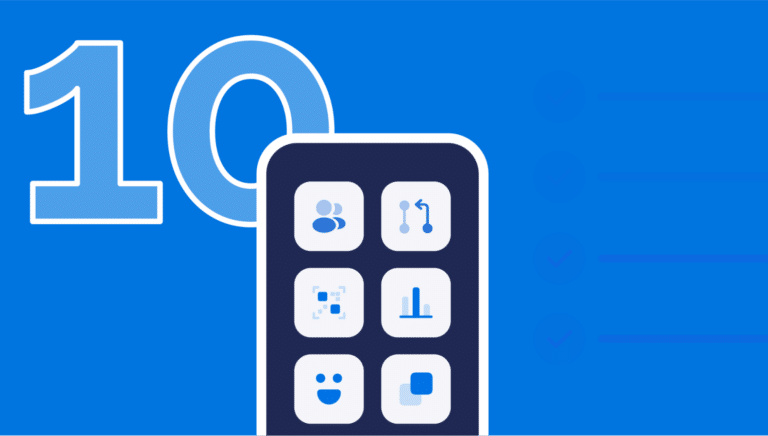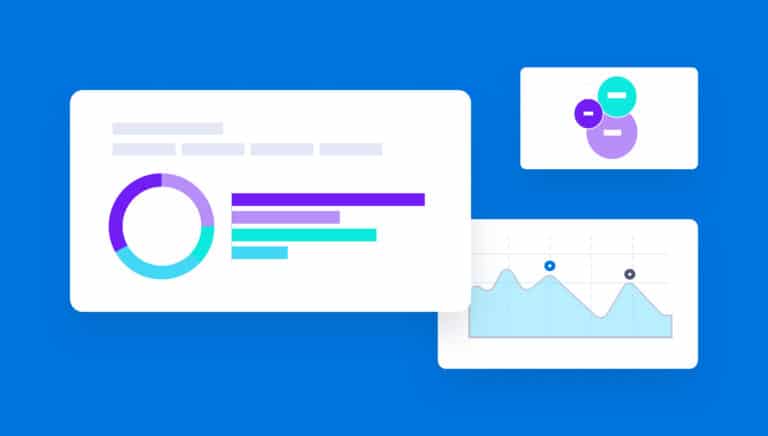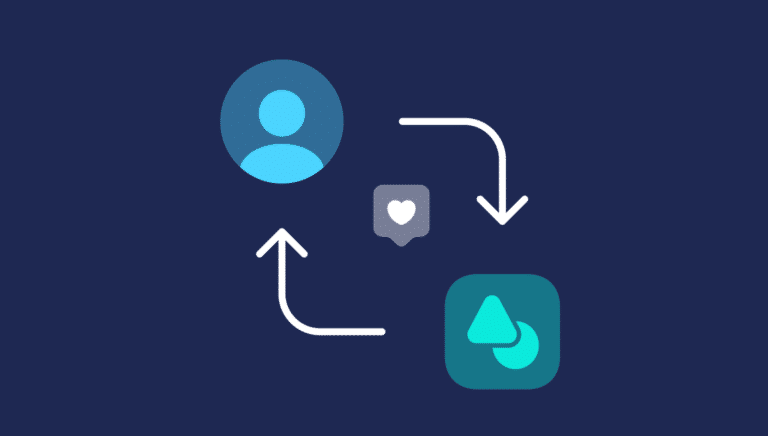What is an install?
The process of downloading and configuring an application on a smartphone, computer, or tablet. Depending on the app specifications and the destination device, the installation steps may vary. After installation, the software is available to be used by the user.
Installing (or to install) is the act of downloading a piece of software onto a device. In context of mobile apps, this can only be accomplished through the Apple App Store or Google Play Store. As a mobile app company, app installs will all be seen as direct or organic unless you use a web to app attribution provider to determine the sources from which the app install came. Strategies like device probabilistic modeling can be used to determine the source of these users before the land on the app store.
These days, it’s possible to acquire new users at scale from app installs across more platforms than ever before. For instance, you can acquire mobile users through email, offer a text-me-the-app feature for your desktop users, build a referral mobile app strategy to acquire new users, and even convert web traffic into app installs with our Journeys smart banners.



